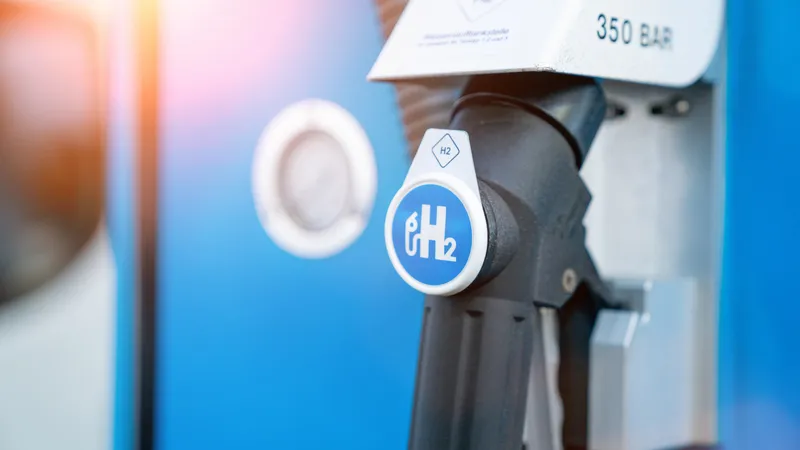According to a new report from IDTechEx, energy independent electric vehicles (EIV) are about to become a major investment target as their status passes from curiosity to being a widely-recognised, huge market opportunity.
Road vehicles, boats and aircraft are being prepared for sale, variously powered by electricity from on-board wind turbines, solar and alternatives. A few are on sale now. These are the kernel of a business of over US$100 billion in EIVs employing multi-mode energy harvesting, extreme
January 27, 2017
Read time: 2 mins
According to a new report from 6582 IDTechEx, energy independent electric vehicles (EIV) are about to become a major investment target as their status passes from curiosity to being a widely-recognised, huge market opportunity.
Road vehicles, boats and aircraft are being prepared for sale, variously powered by electricity from on-board wind turbines, solar and alternatives. A few are on sale now. These are the kernel of a business of over US$100 billion in EIVs employing multi-mode energy harvesting, extreme powertrain efficiency and other new advances. Investment in these new technologies is de-risked by the fact that they will also be useful way beyond EIVs. The leading solar racer company has already spun off five businesses exploiting its discoveries in aerodynamics and the like.
The report uses infograms, graphs and tables to present the discoveries and interpretation by globetrotting multi-lingual, PhD level analysts at IDTechEx. There are even latest inputs from 2017. Forty-seven categories of electric vehicle are forecast by number and value from 2017-2027. The report provides examples and new market research.
Road vehicles, boats and aircraft are being prepared for sale, variously powered by electricity from on-board wind turbines, solar and alternatives. A few are on sale now. These are the kernel of a business of over US$100 billion in EIVs employing multi-mode energy harvesting, extreme powertrain efficiency and other new advances. Investment in these new technologies is de-risked by the fact that they will also be useful way beyond EIVs. The leading solar racer company has already spun off five businesses exploiting its discoveries in aerodynamics and the like.
The report uses infograms, graphs and tables to present the discoveries and interpretation by globetrotting multi-lingual, PhD level analysts at IDTechEx. There are even latest inputs from 2017. Forty-seven categories of electric vehicle are forecast by number and value from 2017-2027. The report provides examples and new market research.










